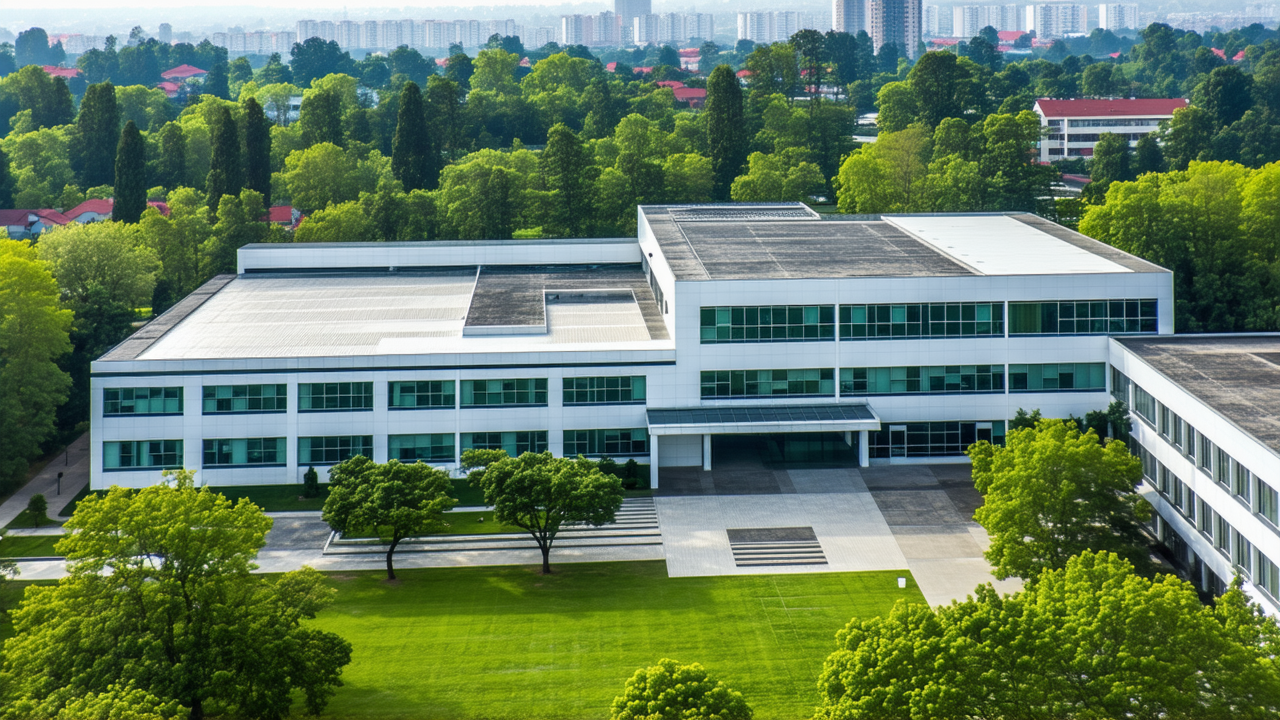New $230m Medical School to be Established at University of Waikato
New $230m Medical School to be Established at University of Waikato
In a major move aimed at bolstering healthcare education and addressing regional medical shortages, the New Zealand Government has announced the establishment of a $230 million medical school at the University of Waikato. This groundbreaking initiative, backed by Cabinet approval, marks a significant step forward in the nation's strategy to expand medical training capacity and strengthen healthcare delivery in rural and regional areas.
Health Minister Simeon Brown and Universities Minister Shane Reti made the announcement on Monday, highlighting the strong emphasis on primary care and rural health in the new school's curriculum. Brown stated that the government's $82.85 million investment, combined with the university's contribution of over $150 million and additional philanthropic support, reflects a substantial commitment to education and regional development in the Waikato region.
"This decision will enable the University of Waikato to begin construction on new teaching facilities later this year and start planning for clinical placements, while giving more students the opportunity to study medicine in New Zealand," Brown said. The school is expected to begin accepting students in 2028, with 120 new medical training places added annually. This will be in addition to the 100 new places being created at the University of Auckland and University of Otago over the term of the current government.
The project, however, was not without controversy during the election campaign. Labour had previously opposed the creation of a new medical school, instead advocating for expanding the capacity of existing institutions. Labour's policy aimed to train an additional 335 doctors per year starting in 2027. The National Party, on the other hand, had campaigned on the promise of building the school, but the post-election coalition agreement with Act required a formal business case to be evaluated before proceeding.
Act leader David Seymour played a key role in refining the project's financial structure, pushing for the university to take on a larger share of the costs. He noted that initial estimates had projected a taxpayer contribution of $280 million, but the final agreement will see the government invest only $82.5 million. This shift, Seymour claimed, was the result of Act's rigorous scrutiny and commitment to ensuring taxpayer funds were used efficiently.
"This is down to Waikato University agreeing to contribute a higher proportion of the medical school's costs," Seymour stated. "ACT’s rigorous questioning helped ensure a more efficient investment meaning Kiwis get better outcomes for less."
The medical school is expected to provide long-term benefits, not only by increasing the number of trained doctors but also by enhancing the quality of healthcare in rural and underserved communities. With construction set to begin later this year, the university is now poised to begin the process of planning clinical placements, ensuring that students will have access to real-world medical experiences as part of their training.
As the project moves forward, the government and the University of Waikato will continue to work together to ensure that the medical school meets the highest standards of education and training. This initiative is a testament to the government's commitment to expanding healthcare education and addressing the growing demand for skilled medical professionals across the country.
